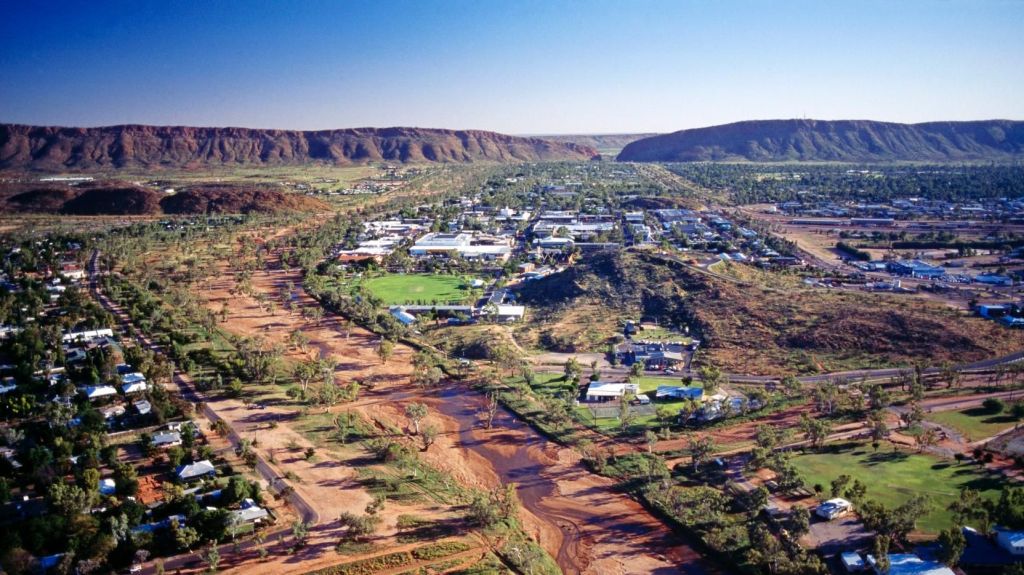“The Uluru Statement from the Heart” issued five years ago by a representative group of First Australians, should not be viewed by White Australians as a plaintiff claim for damages for past wrongs. Rather it should be seen as a plaintiff cry from a down-trodden people who seek sensitive support from their fellow Australians for self-determination.
Certainly it was a measured expression of their wish for constitutional recognition of their place in the history of the Australian continent, a position of respect and fairness in Australian society, and a say in their own affairs. Reasonable requests!
Mostly the Uluru Statement was well-received, but despite this, the government has only made token efforts to implement its requests. In contrast, the Labor Opposition made a commitment to implement the recommendations in full. Now that Labor has won office, Prime Minister Anthony Albanese has reaffirmed this objective for his present parliamentary term.
The government checkmate
The sticking point for the government in accepting the Uluru Statement was undoubtedly a desire for an “Indigenous Voice”, entailing a facility for them to meet together and discuss issues that impact on their lives. Surely this is a human right. Why should they not be able to express their own views on indigenous problems and possible solutions? Must they always have to blindly comply with Canberra’s edicts, which have often been at odds with their cultural beliefs and practices?
The government took the position that it was up to proponents for a Voice to find consensus among themselves, and then specific on what change(s) they wanted. Further, constitutional change was vetoed. It is to be hoped that new Opposition Leader Peter Dutton will be more accommodating, and agree to put if necessary, relevant proposals to the Australian people in a referendum, as requested. But will he be sufficiently resolute to resist pressure from vocal opponents who would wish to continue to stone-wall?
Critics of the Voice proposal derided a well-intentioned suggestion that a representative group of Australian Aboriginal and Torres Strait Islanders meeting in Parliament House in an advisory capacity, be known as a “Third Chamber”. Politely it was called a “step too-far” implying that it yielded more political clout and kudos than they wished. The rebuff stalled further discussion, and it was left to the Indigenous Community to make the next move after resolving this problem.
But is it fair for a government to insist that disadvantaged minorities come up with the methodology to improve their lot in life, when only they (the government) know the conditions they will accept?
Obviously there must be clarity in any proposal for a referendum submission to succeed, but original Australians must have helpful advice from the government as to what they are willing to support. Now is the time to resume dialogue.
Two Important issues
The term “Voice” is imprecise. Implementation might take the form of one or more of several quite different possibilities, most not requiring change to the constitution. e.g.:
- Select Committees of individuals with appropriate expertise, to advise parliament on an ad hoc basis.
- A constitutionally recognized Elected Council with an advisory, but not a legislative, function.
- Informal Conventions for ordinary people to discuss their concerns.
- Executive Authorities, established or re-established, to promote special projects, such as tourism.
- A Media Voice, in addition to the ABC, focusing on Indigenous news, views and the arts.
Venue
In addition to the form or forms of Indigenous Voice chosen, its location may be the next most important factor in successful implementation.
Federal parliament, the official seat of Australian political wrangling, will likely prove critical of, and less than sympathetic to, Indigenous needs.
How will an inevitable cultural divide and misunderstandings affect performance? Will white opinions still prevail over Indigenous wishes?
The Case for an Australian Indigenous Council in Alice Springs
It is most unlikely that Australians will cede a national legislative role to a minority population of first peoples, nor is this essential to assist in their self-determination.
Would it not be better therefore to promote Aboriginal wisdom and skills in a more familiar, inspiring and encouraging environment, than in the intimidating halls of Canberra?
Half-way between Darwin and Adelaide, in the heart of the continent’s central outback, and close to the homelands of many indigenous residents, is the tidy township of Alice Springs (Mparntwe). Home of the Arremtee tribes, Alice, with a population estimated this year to be 27,481, was named after the wife of the Adelaide to Darwin telegraph line pioneer, Sir Charles Todd. North of the McDonnell Ranges, the surrounding countryside is rugged and spectacular.
The establishment in Alice Springs of a constitutionally endorsed, elected Australian Indigenous Council, reporting to the Federal Parliament, would enhance its status as an educational and cultural hub.

Disclaimer
This post seeks only to foster debate. The opinions are my own as an ordinary Australian, without personal experience in Aboriginal Affairs.
